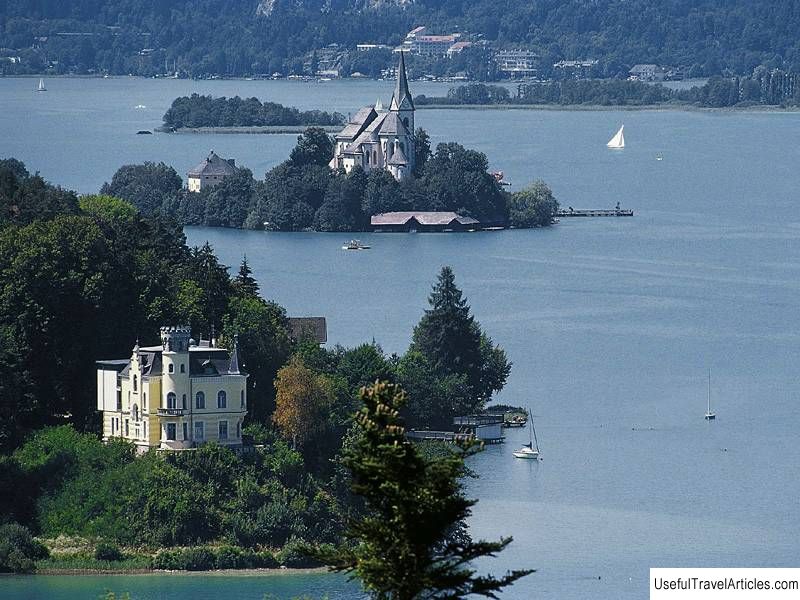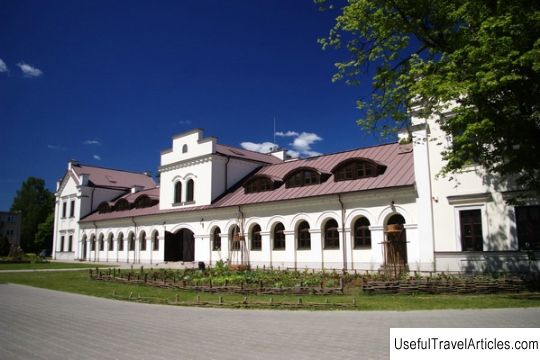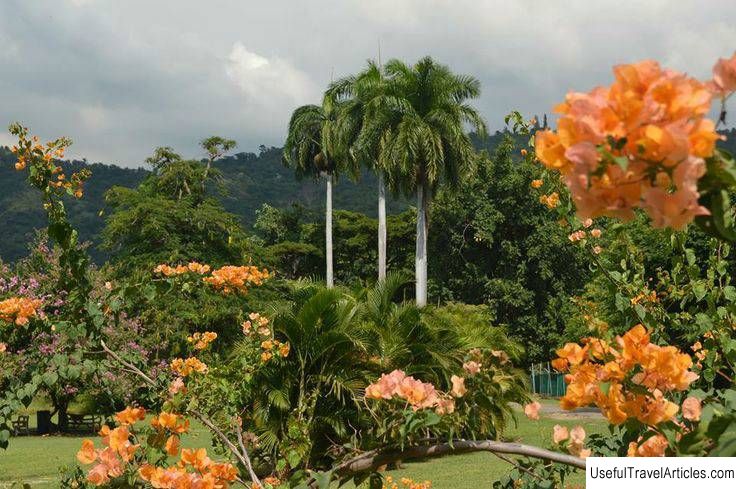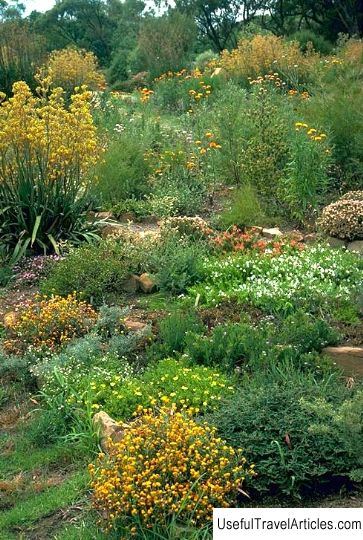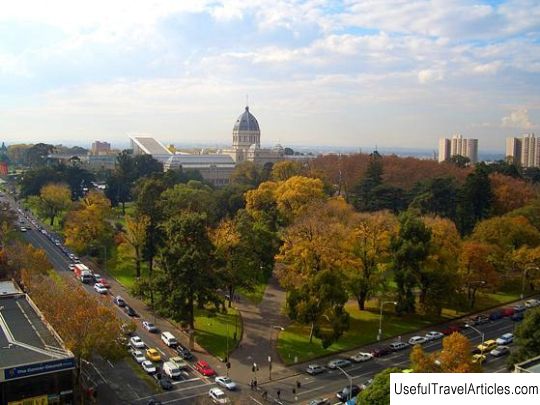Botanical Gardens JE. Zhelibera description and photos - Lithuania: Vilnius
Rating: 8,2/10 (700 votes) 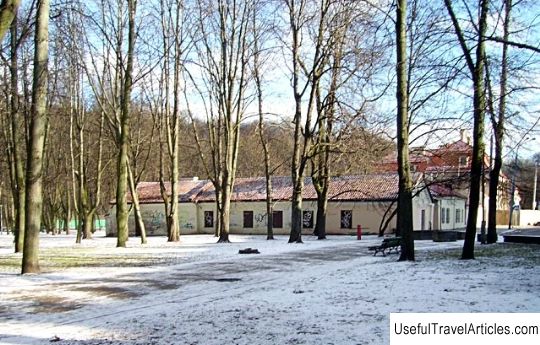
Botanical Gardens JE. Zhelibera description and photos - Lithuania: Vilnius. Detailed information about the attraction. Description, photographs and a map showing the nearest significant objects. The name in English is Botanical Gardens JE. Zhelibera. Photo and descriptionNear the Sereykiskes park in Vilnius, at the foot of the Zamkovaya and Krestovaya mountains, there is an old park that even many Vilnius residents do not know about today. According to the historian V. Drem, the Sereykiskes region was named after the owner, who had an estate here - Sereyki. The estate was located on an island, surrounded on both sides by the Vilniale river - the old and new channel, and on the third side - by the channel dug out for the royal mill. Subsequently, on the site of this canal, the central alley of Serejeiskes Park was built. Botanical Gardens JE. Zhelibera at the Vilnius Medical University occupied an area of only 300 square meters in the 18th century ... The educational commission decided that the garden does not meet modern requirements and needs to be expanded. In 1787 a plot of land in Sereykiskes was purchased for this purpose. Once these lands belonged to the Aleksandrovich family. Historians claim that these places were the earliest economic part of the castle. Here were the royal gardens and royal stables, since 1515 there was a royal mill and the first paper mill in the city. In the 18th century, there were many residential buildings in this place, but by the 18th century the area fell into disrepair and became a kind of dump where they brought garbage from all over the city. Homeless people lived in dilapidated wooden houses. Three once beautiful ponds were filled with toads, the banks of the river were covered with dense thickets, where the urban poor gathered for bathing and debauchery. There was a stone house in the area, which also fell into disrepair. He was filled up with rubbish all windows and doors, stoves and even floors were stolen or burned. In 1798, professor of botany S.B. Youndzill. He settled in a stone house, which was hastily renovated and took over the management of the university botanical garden. Work began with clearing the site, removing debris, demolishing the remains of buildings, and uprooting dead trees. It took almost a year to complete this work. By the fall of 1799, the site was cleared, the future garden was marked and future alleys were marked. In the spring, the territory was fenced off with a high fence, and the professor transplanted all the plant exhibits of the former university garden here. There were only about 200 varieties of them. In 1801, the garden was expanded with a new piece of land, which was donated to the University by a resident of Vilnius T. Vavzhetsky. In April 1806, construction began on a greenhouse and two tall treibhouses, that is, greenhouses for growing tropical plants. The greenhouses had to be installed on piles, since the terrain was fiery. Most of the materials were found here: the dilapidated royal castle was dismantled, and 40 thousand bricks were collected. We worked quickly, and by the next summer the greenhouse and houses for the gardener and service personnel were completed. During this time, the population of garden plants was replenished in various ways. So in 1808, the greenhouse took the collection of rare plants of Countess Pototskaya for winter storage, provided that all duplicates that appeared would remain in the botanical garden. Already in 1802 there were about 1072 plant species in the garden, and in 1824 in the garden already had 6565 species. In 1832, the university was closed and the garden was transferred to the Academy of Medicine and Surgery, which was also closed in 1841. Some of the plants were transferred to other universities, others were either sold or destroyed and the garden fell into disrepair. In 1871, a summer theater was built on the territory of the garden, which was very popular among the townspeople. In 1892, a zoo was set up in the garden, by that time already partially electrified. But the zoo did not function here for long either. At the beginning of the 20th century, the park was converted into a sports park and renamed into a sports park named after Zheligovsky. Today, there are old tennis courts, an old building in which the Lithuanian People's Cultural Center is located, and the building of the former Noble Club, in which the diplomatic mission of the European Union is located.     We also recommend reading Flagstaff House Museum of Tea ware description and photos - Hong Kong: Hong Kong Topic: Botanical Gardens JE. Zhelibera description and photos - Lithuania: Vilnius. |
